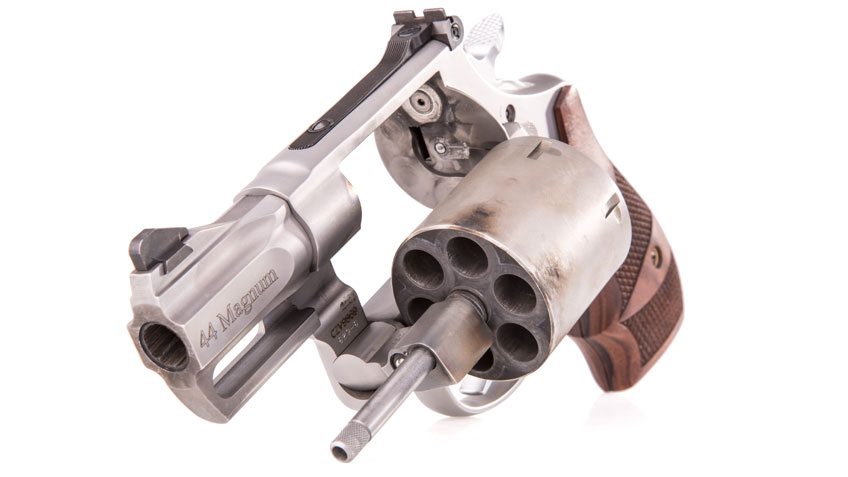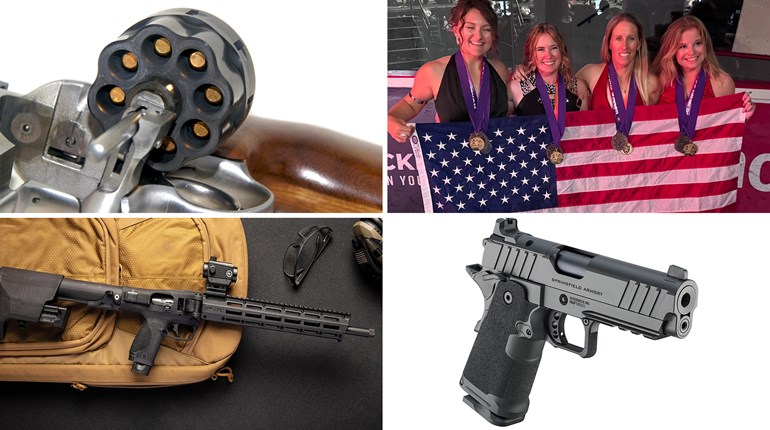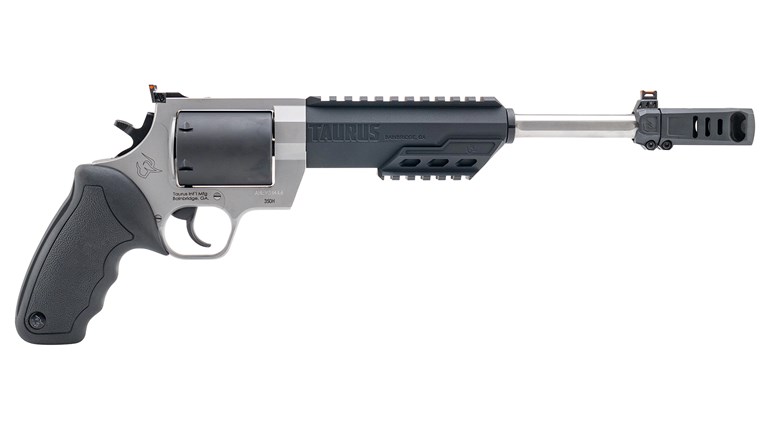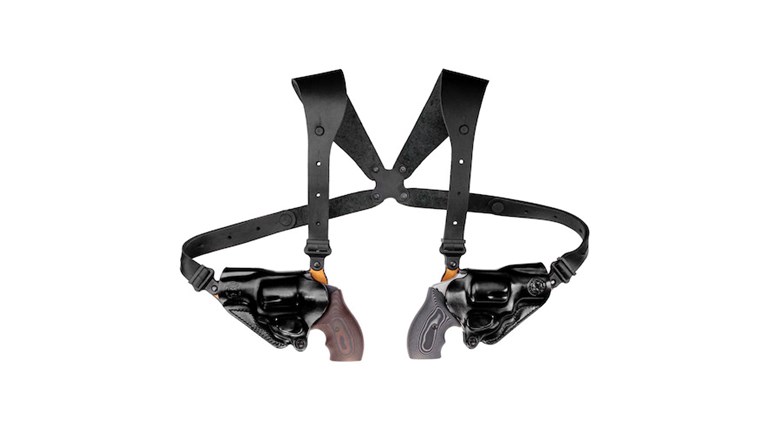
Revolvers have a reputation for perfect reliability, but this is not always the case. As with any other firearm, taking the time to implement routine inspection and maintenance practices will prevent revolver malfunctions when your wheelgun is needed most.
Until today, I carried a stainless steel .44 Mag. revolver loaded with Alliant 2400 and a cast Keith-style bullet as my go-anywhere, do-anything gun because it had always functioned fine and was totally reliable. It usually rides in a holster mounted to the door of the truck I drive to check cows and mend fences as well as anything else that needs to be done on the place. This morning, while making my rounds, I spotted a mangy coyote that wasn’t in a good way and gave me an easy shot to put it out of its misery. When I leveled down on it with the .44, the trigger was so hard to pull in double action that I had to help the cylinder turn to cock the hammer to single action before I shot the sick animal. After that, I couldn’t turn the cylinder at all and had to go back to the house to get another gun. What do you think happened and what should I do to restore the reliability of my old standby?
R.A. Maltz, Oklahoma City
Unfortunately, it appears that you have fallen under the mistaken assumption—as have many others—in believing that a stainless steel revolver won’t rust and doesn’t need a little maintenance every once in a while. My guess is that a thorough cleaning along with a little lubrication would put your revolver back in reliable working order. However, there are a few other factors to consider, too.
Aside from being dirty from the environment, the ammunition could be a contributing factor as well. A high primer would cause hard rotation of the cylinder as the cartridge entered the recoil-shield area to align with the firing pin and barrel. Firing that cartridge with a heavy charge of Alliant 2400 could have easily caused the primer to flow back into the firing-pin opening, making the cylinder even more difficult—if not impossible—to rotate without extreme force. On the other end of the cylinder, a bullet may have come loose or been loaded too long, thereby protruding just enough to exceed the barrel/cylinder gap and bind on the forcing-cone end of the revolver’s barrel.
Since Alliant 2400 is a fairly dirty-burning powder, often leaving unburnt powder particles in the gun after firing, it is not unusual for a few of these particles to find their way between the extractor and the body of the cylinder. The presence of these particles will not let the extractor seat properly and causes excessive friction against the frame, making the cylinder hard to turn.
To get your revolver back into operation, you have to get the cylinder open and unloaded while keeping the muzzle pointed in a safe direction. A little tap or two on the cylinder with a rubber mallet while applying maximum pressure on the cylinder release might be necessary to free it from the frame. Again, it is important to keep the muzzle pointed in a safe direction and fingers away from the trigger, particularly if there is live ammunition in the gun. Once the revolver is open and the ammunition is removed, it would be appropriate to check under the extractor for powder particles, spin the cylinder to see if there are restrictions, then close the cylinder and check the double- and single-action trigger pulls. If the problem went away, most likely there was something under the extractor not allowing it to seat or the quality inspector in your ammunition-loading process needs to do a better job with primer and bullet seating.
If the problem persists, it usually means the inner workings of the revolver need attention. That’s where a gunsmith might need to take a look at the revolver, unless you are comfortable with detail disassembling and reassembling the pistol. After cleaning it, I recommend lubricating the moving parts with a dry lube, such as Sentry Solutions Smooth-Kote, to help reduce friction without collecting dirt.
Once back together and function-checked, the revolver—coupled with quality ammunition and periodic maintenance—should be as reliable as it ever was.





































